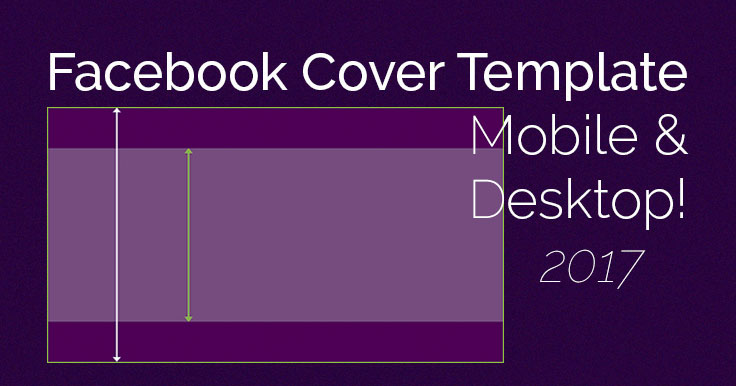
Facebook desktop how to#
For many companies which started their lives in the "desktop era" - arguably up to about 2009, when the last of the "big desktop" apps appeared (Spotify and Dropbox) - the key problem has been how to shift to the rapidly-growing mobile space, which is where the biggest new opportunity lies. What's important is that Facebook has managed to keep up with that trend. Besides Vydra, another new parent told me that while he previously used the site on desktop, he now didn't have the time mobile-only was the solution.Īnother, Sean Cansdale, explained that he has used the desktop version perhaps a couple of times in a year: "a good thing about keeping it exclusive to mobile/tablet is security, as it is far easier for me to secure my device than my home/work computer." Why? While it's far from scientific, when I sought (via Twitter) people who exclusively use Facebook on the desktop (or laptop), or exclusively on mobile, it was the latter who were more plentiful. But it's taken a while for that to become embedded enough for mobile-only to overcome desktop-only. The shift has been coming for a long time: at the end of 2012, Facebook said that in December 2012 "mobile daily active users exceeded web daily active users for the first time". Facebook's numbers show desktop-only users (whose number can be calculated by taking the total monthly users, and subtracting the "mobile" users - which includes both mobile-only and mobile-and-desktop users) are a dwindling band.Īt the end of 2012, they were 376 million of the 1,056 million total (or 35%) now they are 285 million of 1,230 million (23%). Photograph: Guardian Photograph: Guardianīut it's the trend that's most telling. That of course leaves the majority, 649 million, accessing it through a mixture - sometimes on desktop, sometimes on mobile.įacebook's changing mix of users: from desktop-only, to desktop-and-mobile, to mobile-only. According to the company's most recent financial results, it had a total of 1,230 million users during the month of December 2013 of those, 296 million accessed the site only through their mobile, and 285 million only via the desktop. "Customising my experience on mobile is far easier and better than on desktop." As a digital marketing professional, he says he's noticed that family and friends find the desktop experience "increasingly difficult and misleading" - what's an ad, what's a sponsored story?įacebook's own figures show that the trend is in the direction of people like Vydra and Denhard - whose busier lives mean that Facebook use has to be squeezed into smaller segments. "The desktop is too busy and even noisy," he says. The other reason for using Facebook on mobile, she says, is that "when I am working, corporate networks tend to block sites like Facebook." What's a sponsored story?ĭanny Denhard, 31, based in London, also only uses Facebook on mobile now, despite having been a user since it opened up beyond academia. "With an infant and a toddler, it's the quickest way and smallest device (to keep away from little baby fingers)," she explains.
Facebook desktop Pc#
The 36-year-old mother of two used to use Facebook on her PC now, though, she only ever uses it on her iPhone (and occasionally iPad). Under the Sounds section, toggle off Play a sound when each new notification is received and Play a sound when a message is received to turn off notification sounds.For Bernadette Vydra, living in Melbourne, Australia, it's quite a different story. Scroll down to How You Get Notifications and click Browser. Click Settings and click the Notifications tab. Click the Account icon (profile picture) in the top right corner, and select Settings & privacy. Go to the Facebook website and log in with your account.
Facebook desktop android#
On an Android device, tap on Push and then click the Sounds switch to disable it. Then, tap the Sounds/Vibrate to turn off the Facebook notification sounds (iPhone/iPad). Scroll down to Where you receive notifications, and click Push. Under the Preferences, click Notifications. Tap Settings & Privacy and then click Settings.


Open your Facebook app and click the three lines in the top right of the screen. Also, you have options to turn off notification sounds. If you’ve turned on the notification sounds, you’ll hear an alert when someone likes your posts or comments. Read More How to Turn off Notification Sounds on Facebook


 0 kommentar(er)
0 kommentar(er)
